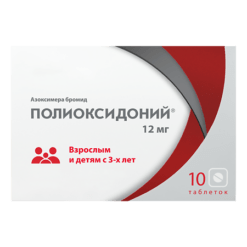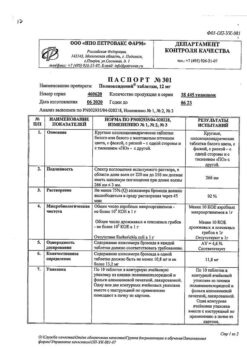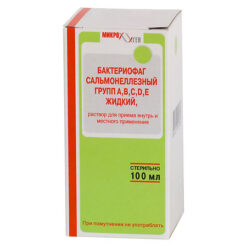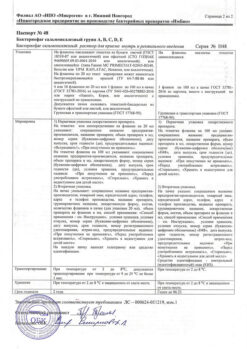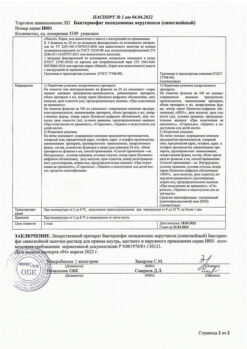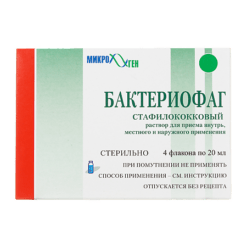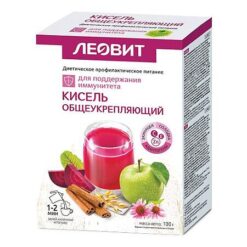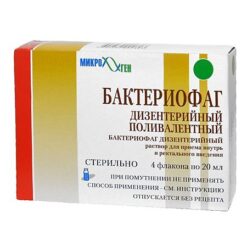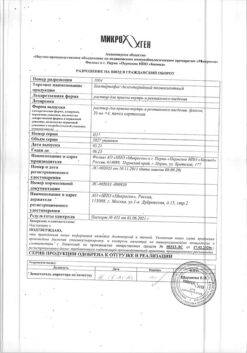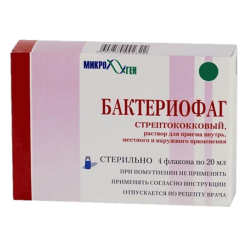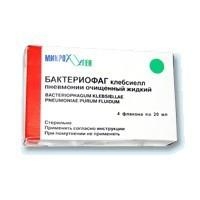No products in the cart.
Glatirate 20 mg/ml 1 ml syringes, 28 pcs.
€1.00
Out of stock
(E-mail when Stock is available)
Description Glatiramer acetate changes the course of the pathological process in the demyelinating disease of the central nervous system (CNS) – multiple sclerosis, which refers to autoimmune diseases that change the ratio of T-suppressors in the body. Glatiramer acetate has an immunomodulatory effect at the injection site. Its therapeutic effect is mediated through systemic distribution of activated T-suppressors. Glatiramer acetate has a specific mechanism of action based on the ability to competitively replace myelin antigens – myelin basic protein, myelin oligodendrocytic glycoprotein and proteolipid protein in the binding sites with molecules of the main histocompatibility complex class 2, located on antigen-presenting cells.
Glatiramer acetate is the acetic acid salt of a mixture of synthetic polypeptides formed by 4 natural amino acids: L-glutamic acid, L-alanine, L-tyrosine and L-lysine and has elements similar to the main myelin protein in its chemical structure.
The consequence of competitive displacement is two responses: stimulation of antigen-specific suppressor T lymphocytes (Th2-type) and inhibition of antigen-specific effector T lymphocytes (Th1-type). Activated T-suppressor lymphocytes enter the systemic circulation and infiltrate the CNS. Once at the site of inflammation in the CNS, these T lymphocytes are reactivated by myelin antigens, resulting in their production of anti-inflammatory cytokines (including IL-4, IL-6, IL-10) that reduce local inflammation by inhibiting the local inflammatory T-cell response. This leads to the accumulation of specific anti-inflammatory Th2-type cells and inhibition of pro-inflammatory Th1-cells system.
In addition, glatiramer acetate stimulates the synthesis of neurotrophic factor by Th2-type cells and protects brain structures from damage (neuroprotective effect). Glatiramer acetate has no generalized effect on the main parts of normal immune reactions of the body, which fundamentally distinguishes it from nonspecific immunomodulators, including beta-interferon drugs. Formed antibodies to glatiramer acetate do not have a neutralizing effect during long-term use, which reduces the clinical effect of the drug.
Pharmacokinetics:
Due to the specific chemical structure of glatiramer acetate that is a mixture of polypeptides formed by natural amino acids and due to the low therapeutic dose the data on pharmacokinetics are only indicative. Based on them, as well as on the experimental data, it is believed that after subcutaneous injection, the drug is rapidly hydrolyzed at the injection site. The hydrolysis products, as well as a small part of unchanged glatiramer acetate, may enter the lymphatic system and partially reach the vascular bed. The detectable concentration of glatiramer acetate or its metabolites in blood does not correlate with the therapeutic effect.
Indications
Indications
– Clinically isolated syndrome (a single clinical episode of demyelination suggestive of multiple sclerosis) with a severity of inflammation requiring the use of intravenous glucocorticosteroids (to slow the transition to clinically reliable multiple sclerosis);
– relapsing-remitting multiple sclerosis (to reduce the frequency of exacerbations, slow the development of disabling complications).
Active ingredient
Active ingredient
Composition
Composition
1 ml of the solution contains:
The active substance: glatiramer acetate – 20 mg;
auxiliary substances: mannitol – 40 mg, water for injection – up to 1 ml.
How to take, the dosage
How to take, the dosage
The recommended dose for adult patients 18 years and older is 20 mg of glatiramer acetate (contained in one syringe for injection), subcutaneously once daily, preferably at the same time, long-term.
The duration of therapy should be decided by the treating physician on an individual basis.
If you forget to give injections on time, the drug should be administered as soon as you remember, but the dose should not be doubled. Do not administer the next scheduled dose until 24 hours later.
You may have an immediate post-injection reaction after injection.
Interaction
Interaction
Interactions between the drug Glatirate and other medicinal products have not been adequately studied.
No drug interactions have been identified, including concomitant use of Glatirate with drugs used for the therapy of multiple sclerosis, including glucocorticosteroids (when combined for up to 28 days). Very rarely, the incidence of local reactions may increase.
Special Instructions
Special Instructions
Patients should be informed about possible adverse reactions associated with the use of the drug.
At the start of treatment with Glatiramate, a neurologist and a physician experienced in treating multiple sclerosis should be consulted.
Patients should be informed of the possibility of adverse reactions, including those occurring immediately after injection of Glatirate. Most of these symptoms are brief, resolving spontaneously without consequences. If serious adverse reactions develop, stop therapy immediately and contact the attending physician or call an ambulance. The decision to use symptomatic therapy is made by a physician.
Breast pain occurring immediately after injection (see section “Side effects”) is usually transient, lasts a few minutes, is not associated with other symptoms and resolves on its own without any clinical consequences. The mechanism of this symptom is unclear.
Lepoatrophy and, in isolated cases, skin necrosis may develop at the injection sites during long-term use (several months) of Glatirate. In order to prevent the development of these local reactions, the patient should be advised to strictly follow the sequence of injection sites according to a regimen that should include a mandatory daily change of injection site.
Patients with impaired renal function or cardiovascular disease should be monitored by a physician.
Because Glatirate is an immunomodulatory medication and is used in the treatment of the autoimmune disease multiple sclerosis, its use may be accompanied by changes in the function of the immune system, and therefore the patient’s immune system should be monitored periodically.
If the patient has no possibility to keep syringes with Glatirate in refrigerator, it is allowed to store at 15-25 °С, but not longer than one month.
Based on available data, no special precautions are necessary for persons driving vehicles or complex machinery.
Contraindications
Contraindications
– Hypersensitivity to glatiramer acetate or mannitol;
– pregnancy;
– childhood under 18 years (due to lack of data on effectiveness and safety).
– patients with impaired renal function should be regularly monitored laboratory parameters.
Side effects
Side effects
The drug Glatirate is safe and well tolerated by patients. The following adverse reactions may occur in individual cases. The frequency of adverse reactions is classified as follows: very common (>1/10); common (>1/100, but <1/10): infrequent (>1/1000, but <1/100); rare (>1/10000, but <1/1000).
Infections and invasions: very common – infections, influenza; common – bronchitis, gastroenteritis, otitis media, Herpes simplex, rhinitis, periodontal abscess, vaginal candidiasis*; infrequent – abscess, inflammation of subcutaneous fatty tissue, furunculosis, pyelonephritis, Herpes zoster.
New growths, including polyps and cysts: often – benign skin growths, neoplasms; infrequently – skin cancer.
Hematopoietic and lymphatic system disorders: frequent – lymphadenopathy*; infrequent – leukocytosis, leukopenia, splenomegaly, thrombocytopenia, changes in lymphocyte morphology.
Immune system disorders: often – hypersensitivity reactions.
Endocrine system disorders: infrequent – goiter, hyperthyroidism.
Metabolism and nutrition: frequently – anorexia, weight gain*; infrequently – alcohol intolerance, gout, hyperlipidemia, hypernatriemia, decreased serum ferritin concentration.
Psychiatric disorders: very common – anxiety*, depression; common – nervousness; infrequent – unusual dreams, psychosis, euphoria, hallucinations, aggressiveness, mania, personality disorders, suicide attempts.
Nervous system disorders: very common – headache; common – perversion of taste, muscle hypertonicity, migraine, speech disorders, syncope, tremor*; infrequent – carpal tunnel syndrome, cognitive disorders, seizures, dysgraphia, dyslexia, dystonia, motor function disorders, myoclonus Neuritis, neuromuscular block, nystagmus, paralysis, peroneal nerve palsy, stupor, visual field defect.
Or visual organs: often – diplopia, visual impairment*; infrequent – cataract, corneal damage, dry sclera and cornea, ocular hemorrhage, ptosis of eyelids. mydriasis, optic atrophy.
Hearing and balance disorders: often – hearing impairment.
Cardiovascular system: very common – vasodilation*; common – palpitations*, tachycardia*; infrequent – extrasystole, sinus bradycardia, paroxysmal tachycardia, increased blood pressure, varicose veins.
Respiratory system: very common – shortness of breath*; common – cough, seasonal rhinitis; infrequent – apnea, choking sensation, nasal bleeding, hyperventilation of lungs, laryngospasm, pulmonary disorders.
Gastrointestinal tract: very common – nausea*; common – rectal disorders, constipation, caries, dyspepsia, dysphagia, incontinence, vomiting*; infrequent – colitis, enterocolitis, colonic polyposis, belching, esophageal ulcer, periodontitis, rectal bleeding, increased salivary glands.
Hepatic and biliary tract disorders: frequently – abnormal liver function tests; infrequently – biliary stone disease, hepatomegaly.
Skin and subcutaneous fatty tissue: very common – skin rash; common – ecchymosis, hyperhidrosis, , skin itching, skin disease*, urticaria; infrequent – angioedema, contact dermatitis, erythema nodosum, skin nodules.
Muscular system and connective tissue: very common – arthralgia, back pain*; common – neck pain; infrequent – arthritis, bursitis, pain in the side, muscular atrophy, osteoarthritis.
Recreational and urinary system disorders: frequently – imperative urges, pollakiuria, urinary retention; infrequently – hematuria, nephrolithiasis, urinary tract disorders, deviations from laboratory norms of urine analysis. Pregnancy. postpartum and perinatal conditions: infrequent – spontaneous abortion.
Gender and mammary gland disorders: infrequent – breast engorgement, erectile dysfunction, pelvic organ prolapse, priapism, prostate disorders, abnormal laboratory values in cervical smears, testicular function disorders, vaginal bleeding, vulvovaginal disorders.
Others: very common – asthenia, chest pain*, injection site reactions***, pain*; common – chills*, facial edema*, injection site atrophy***, local reactions*, peripheral edema, swelling, fever; infrequent – hypothermia, immediate post injection reaction, inflammation, cyst, hangover syndrome, mucous membrane disorders, postvaccinal syndrome, injection site necrosis.
** “Injection site reactions” (various types) includes any adverse events occurring at the injection site except atrophy and necrosis, which are listed separately.
*** Refers to localized lipoatrophy at the injection site.
In patients with multiple sclerosis who received Glatiramer acetate in uncontrolled clinical trials and during post-marketing use, rare (>1/10,000 but <1/1000) cases of anaphylactoid reactions have been reported.
Overdose
Overdose
There are no data on overdose with the drug.
In case of overdose, adequate symptomatic treatment should be initiated.
Additional information
| Shelf life | 3 years. Do not use after the expiration date. |
|---|---|
| Conditions of storage | Store in the original package in a light-protected place at 2 to 8 ° C (in the refrigerator). Do not freeze. Contain out of reach of children. . |
| Manufacturer | Sinton Chile Ltda, Chile |
| Medication form | solution for injection |
| Brand | Sinton Chile Ltda |
Related products
Buy Glatirate 20 mg/ml 1 ml syringes, 28 pcs. with delivery to USA, UK, Europe and over 120 other countries.


